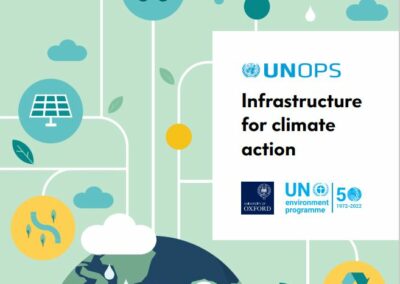Plastic is everywhere. It’s in your phone, your car, your clothes, your water bottles, your crisp packets and your coffee cups; much of the food you buy is packaged in plastic. Nowadays, this lightweight, low cost, durable material is almost indispensable in our modern lives. But now plastic waste is getting bad press with increasing public awareness of its impact on the marine environment. Plastic waste in the ocean is largely a result of direct dumping into the sea, littering, and lack of appropriate waste collection and recovery services. In many developing countries, this is a huge problem. Where collection services are not provided, people have few options and may resort to burning their waste or using informal heaps or dumps for disposal. The waste may then wash into the nearest stream or river and then onwards to the sea.
Even in developed economies where waste collection is provided, often plastic recycling rates are poor and unrecovered plastic constitutes a loss of resources. In the EU, 26 million tonnes of plastic waste is generated each year. 30% of collected plastic waste is recycled, 40% is incinerated with energy recovery and 30% is landfilled. So a huge proportion of waste plastic is removed from the economy, often, in the case of plastic packaging, after a single use. We need to significantly increase recycling rates of both commonly recycled plastics such as PET and HDPE bottles, and less commonly recovered materials such as plastic film, polystyrene or PVC, and tackle waste of single use plastic packaging by using alternative materials or redesigning packaging to enable easier recovery or reuse.
As governments and local authorities take up the challenge to improve recovery of plastics they are presented with many different waste management options, each with different costs and environmental impacts. The SWIMS model for optimisation of solid waste management being developed by the University of Southampton, part of ITRC-MISTRAL group, could be used to help planners decide on the best ways to implement plastic recovery strategies. The model can be used to answer questions such as: how much capital investment would be needed for new waste management infrastructure to increase recycling? What are the environmental impacts of increasing recycling and reducing incineration and landfill? SWIMS can be used to optimise current and future waste infrastructure and help us achieve our goal of a low carbon economy.
There’ll be the chance to find out more about SWIMS at ITRC-MISTRAL’s next event Simulating national infrastructure to inform decision making: from households to the globe to be held at the Institution of Civil Engineers, 1 Great George Street, London, on 18 April 2018. Registration is now open.


